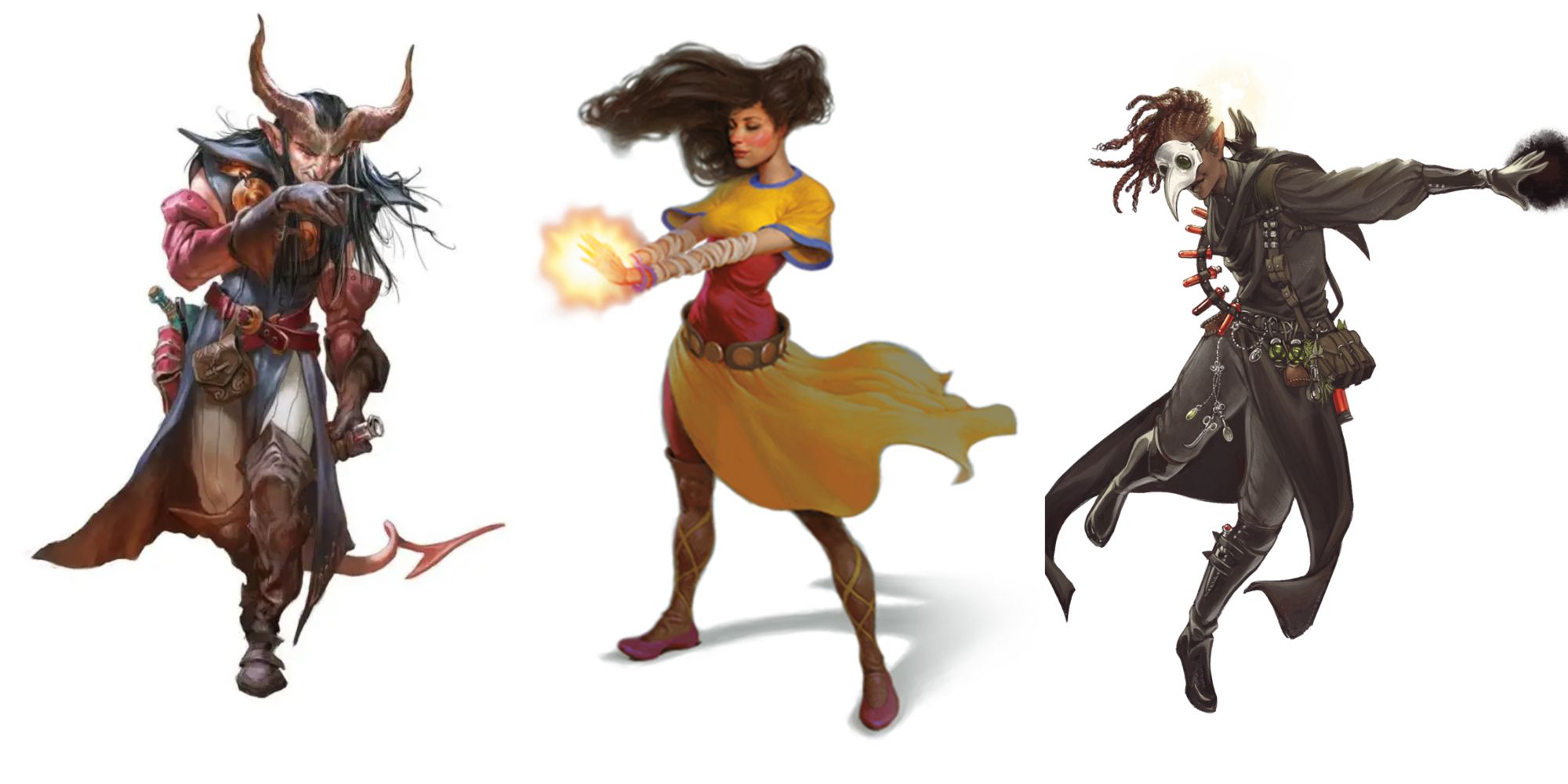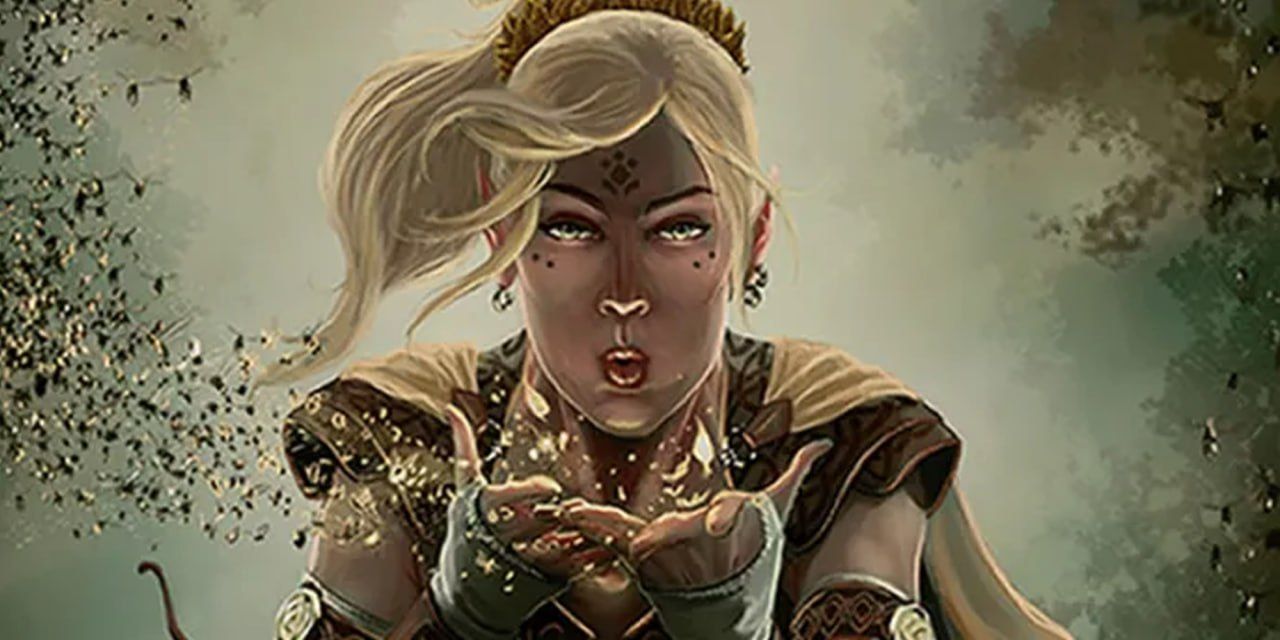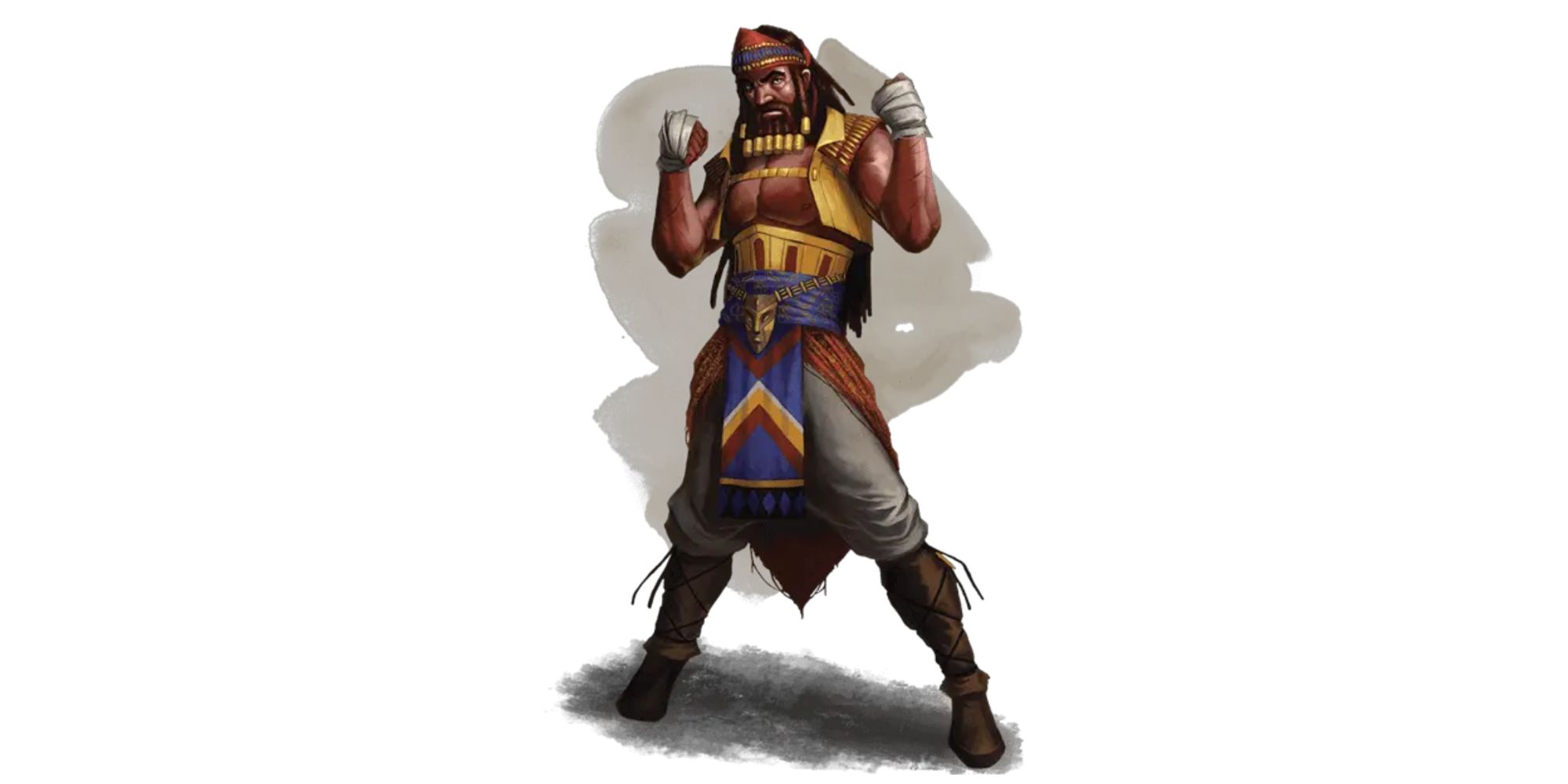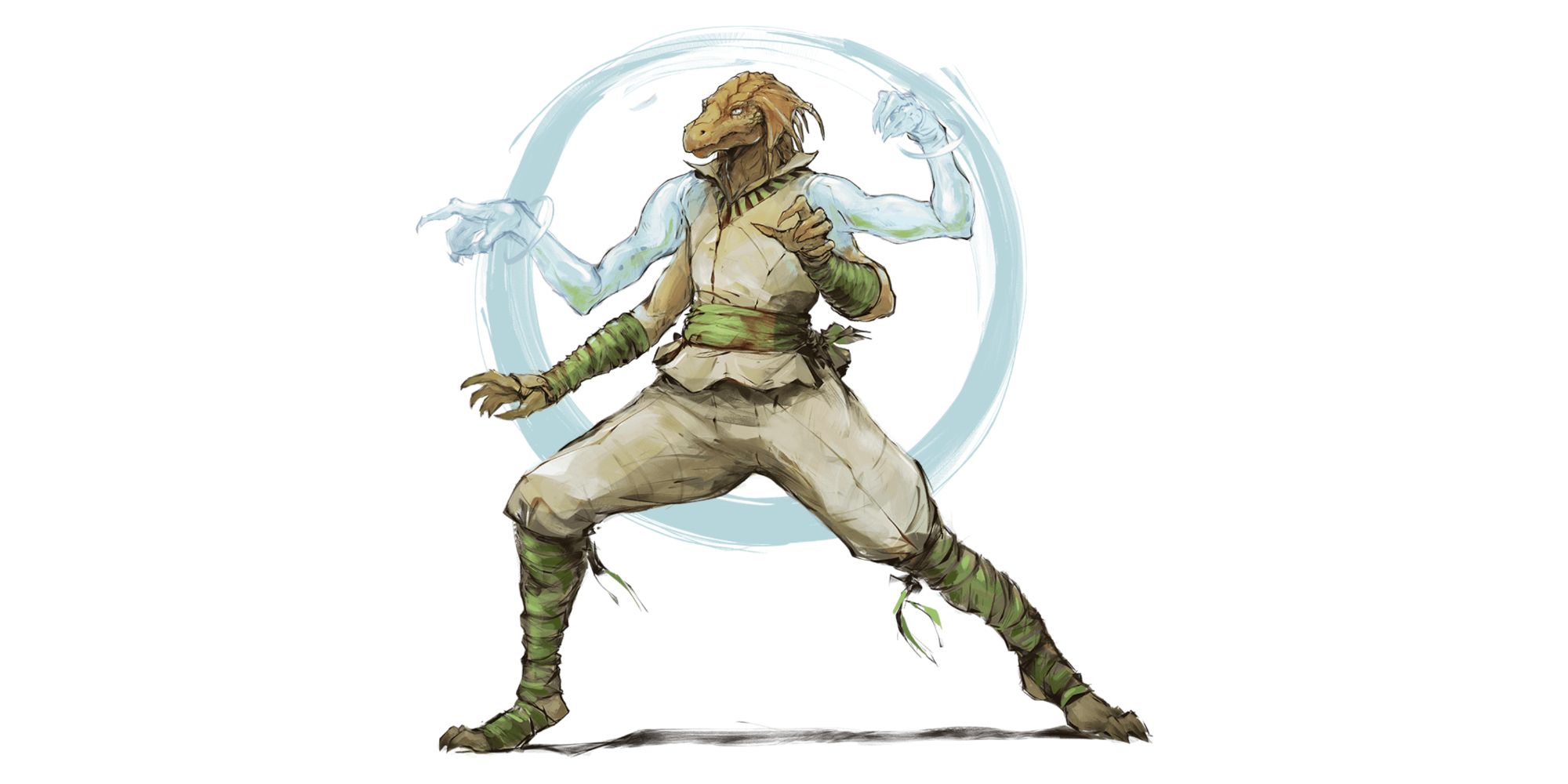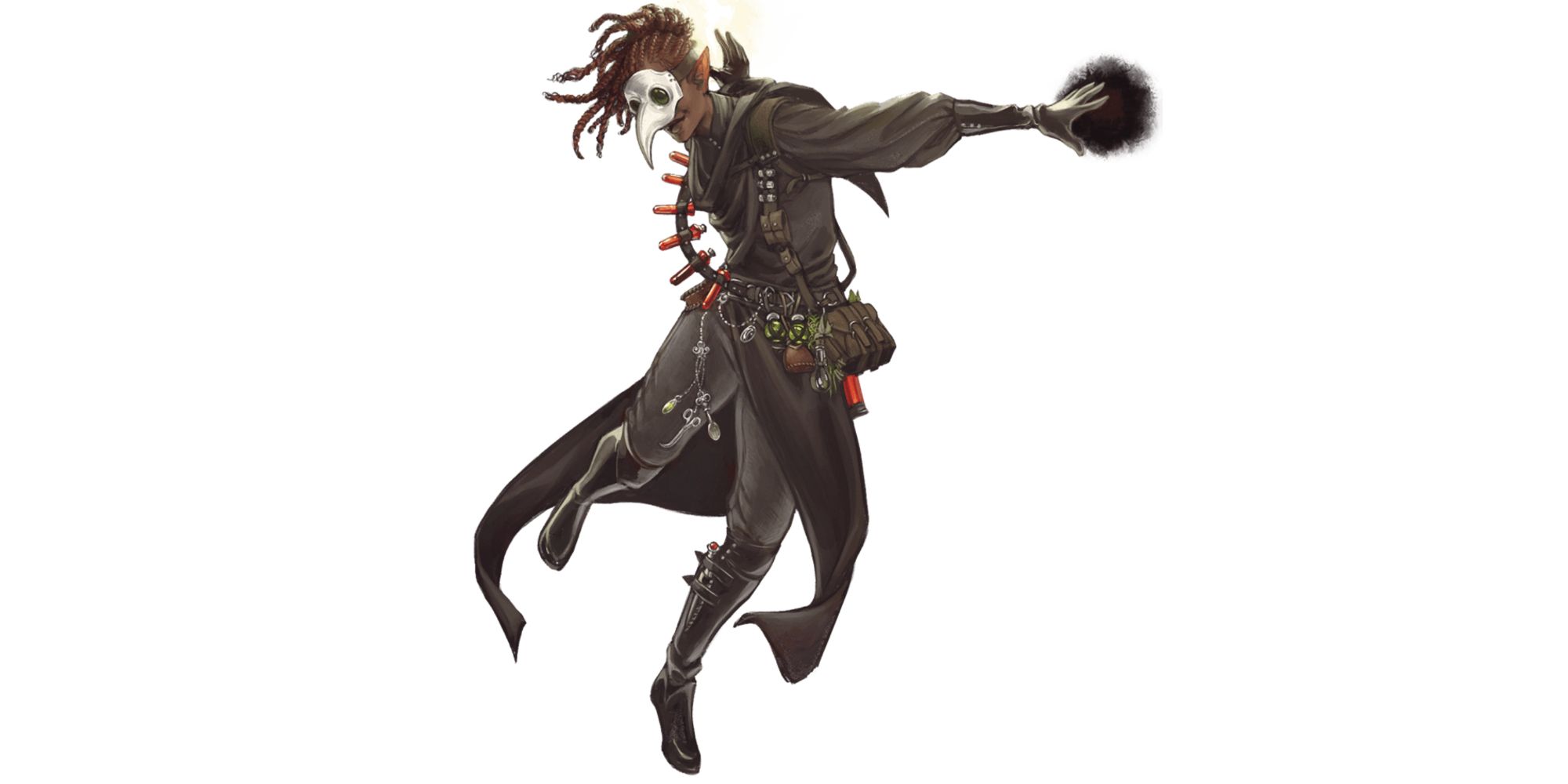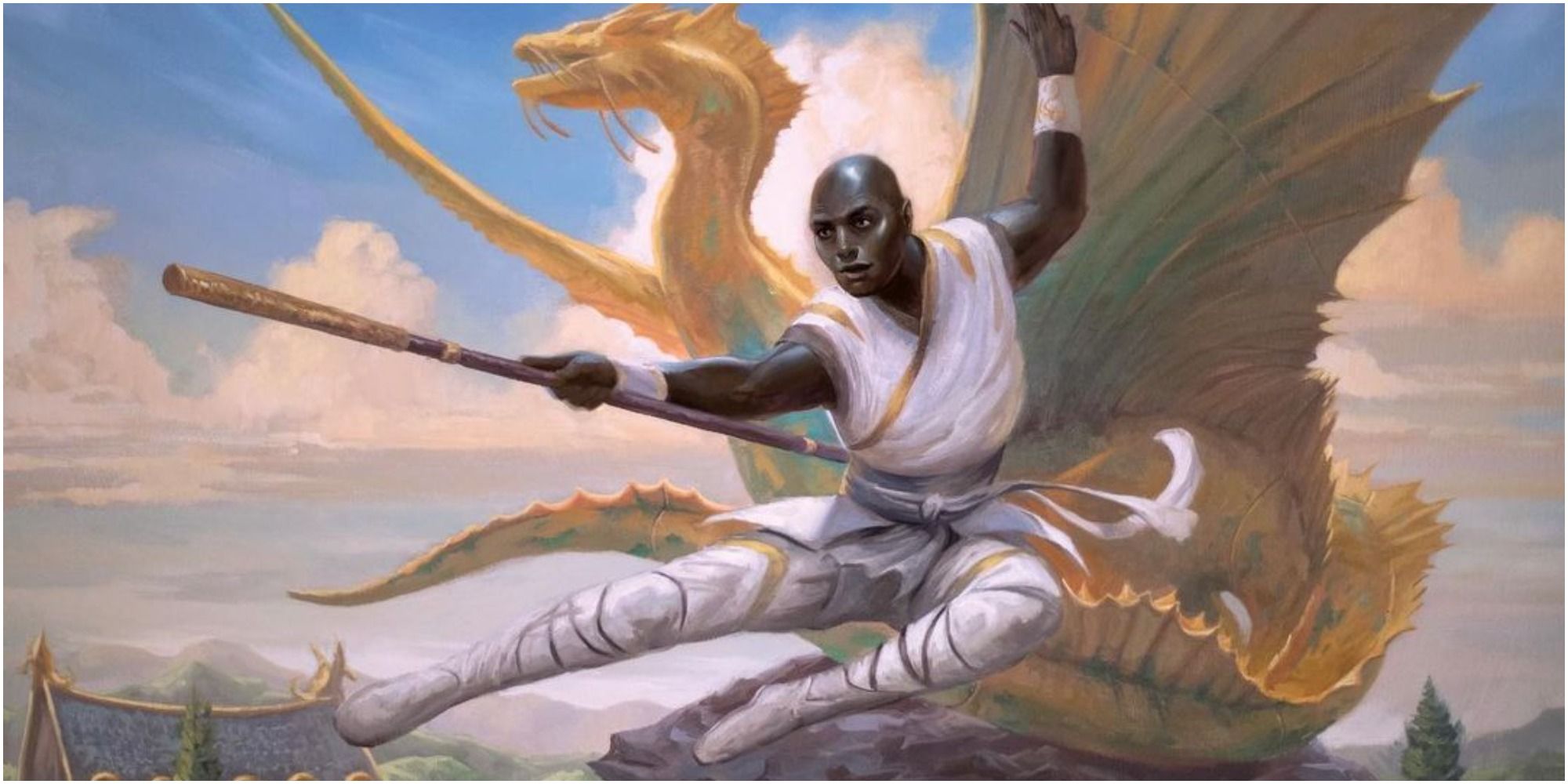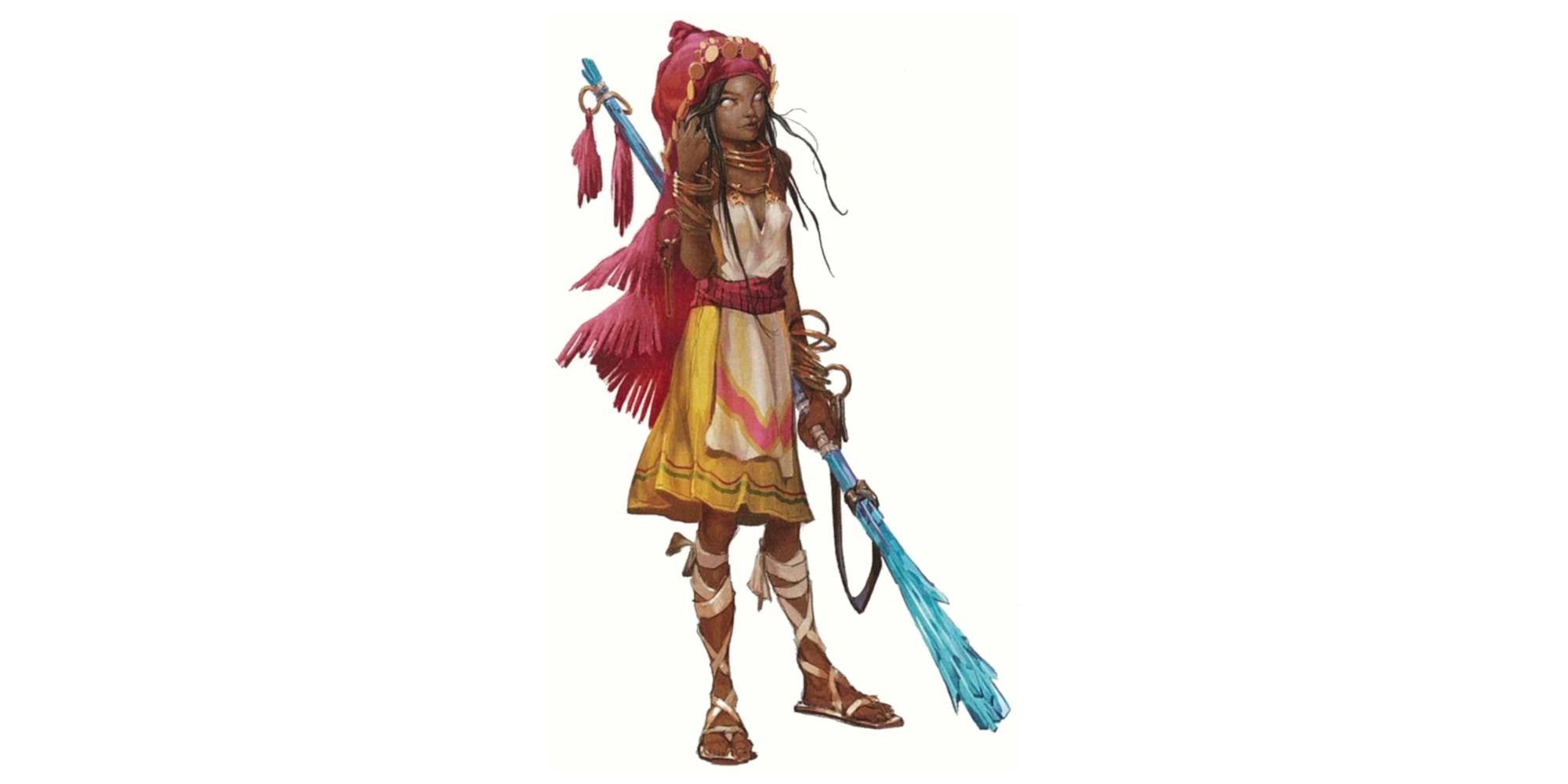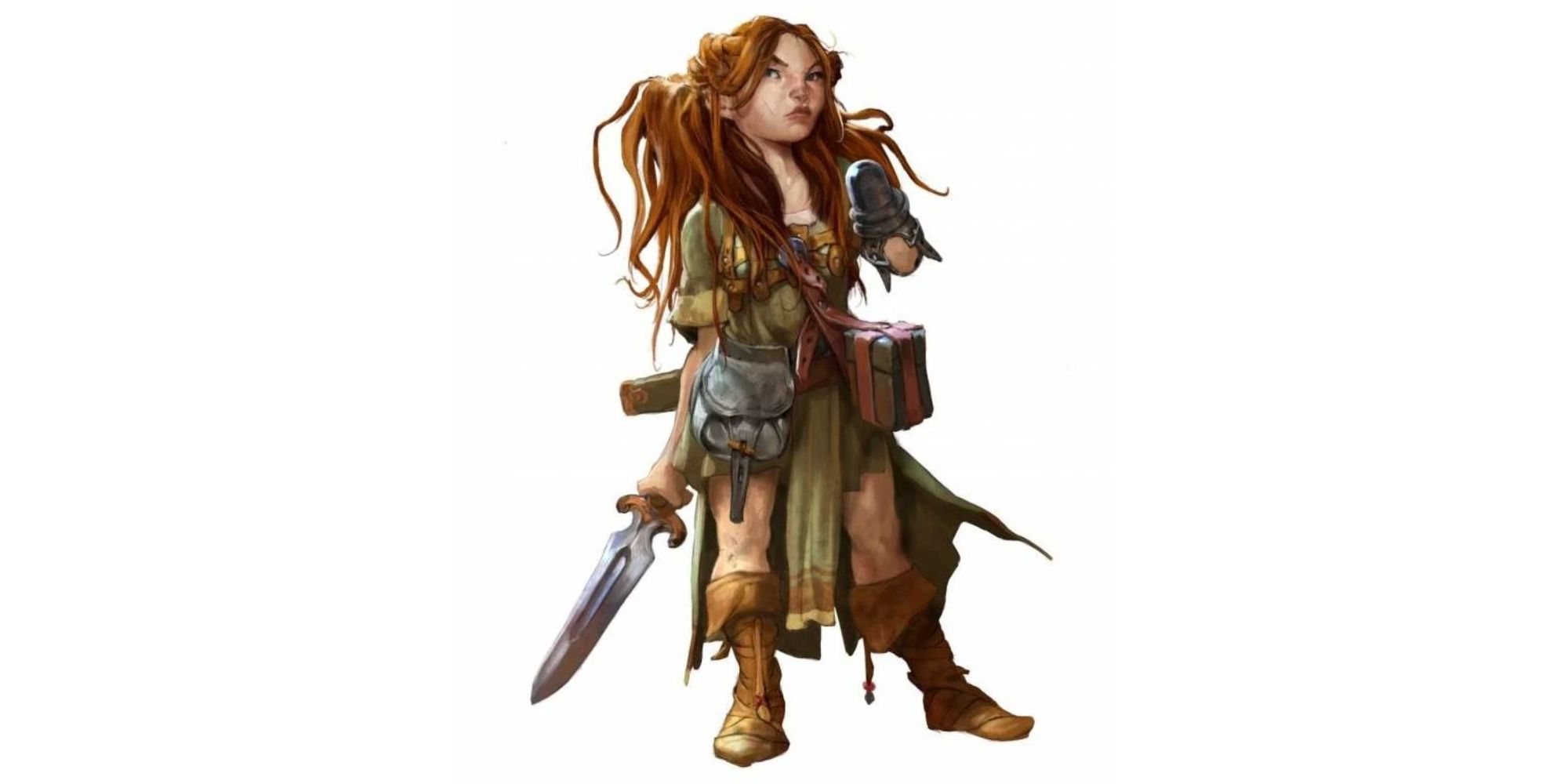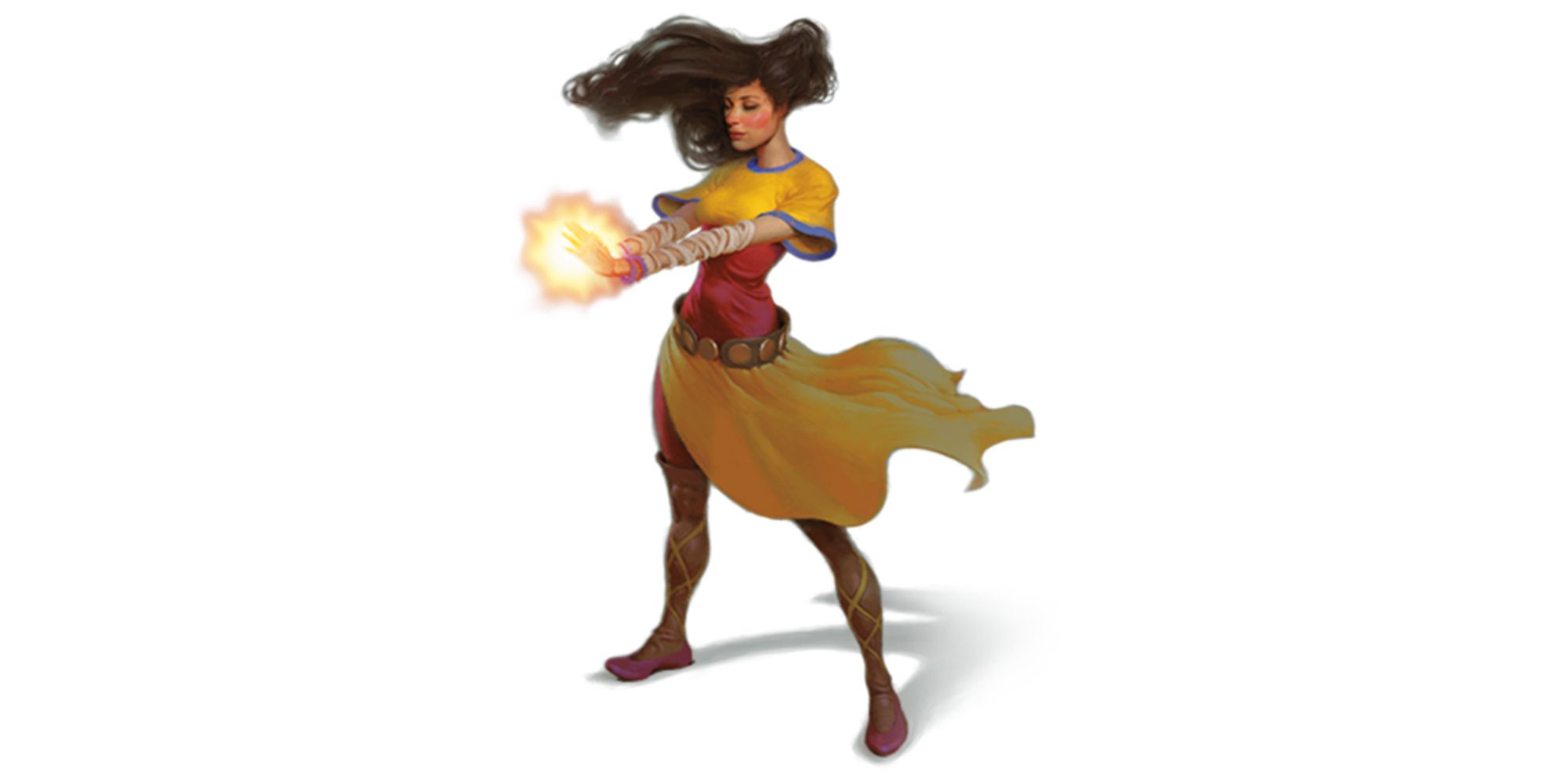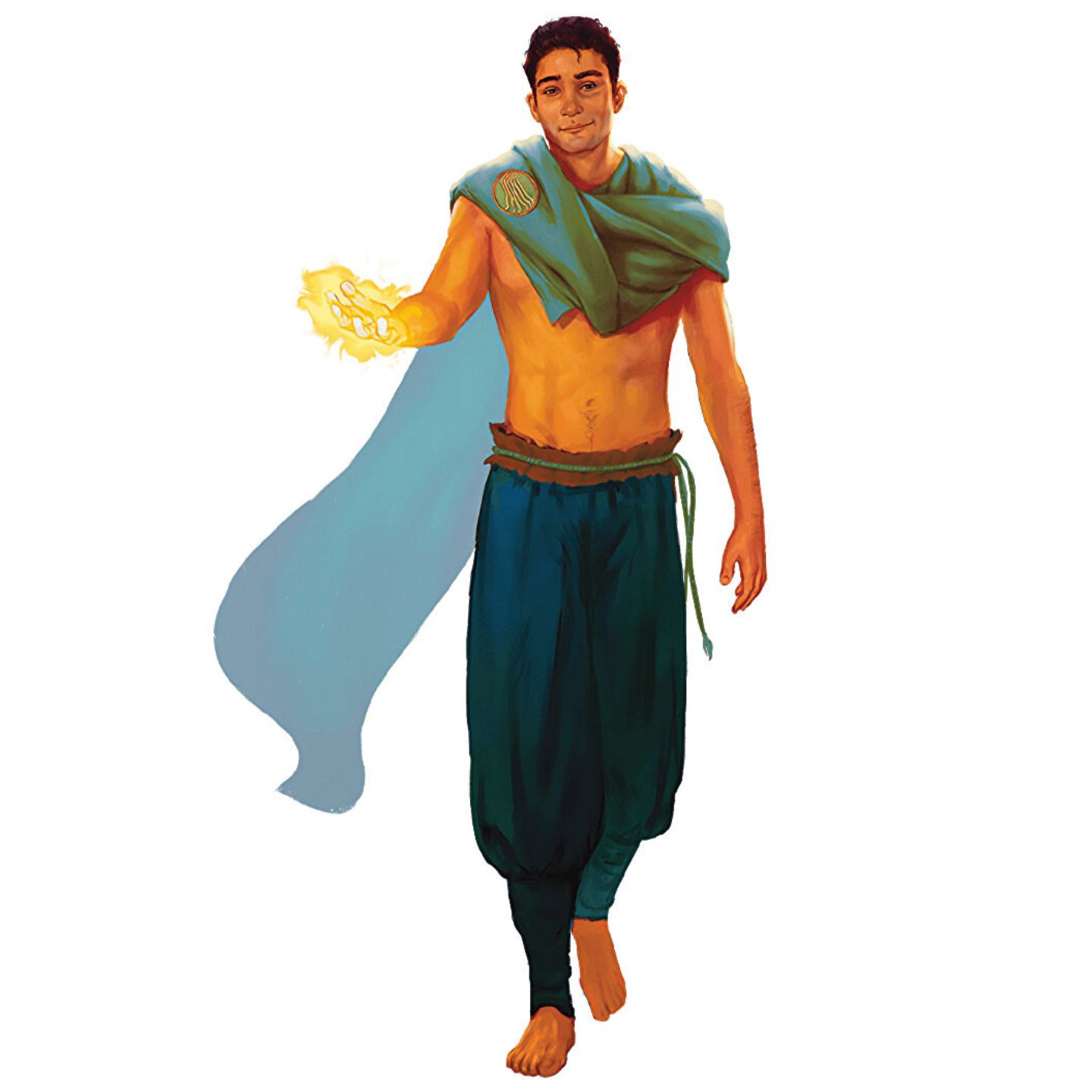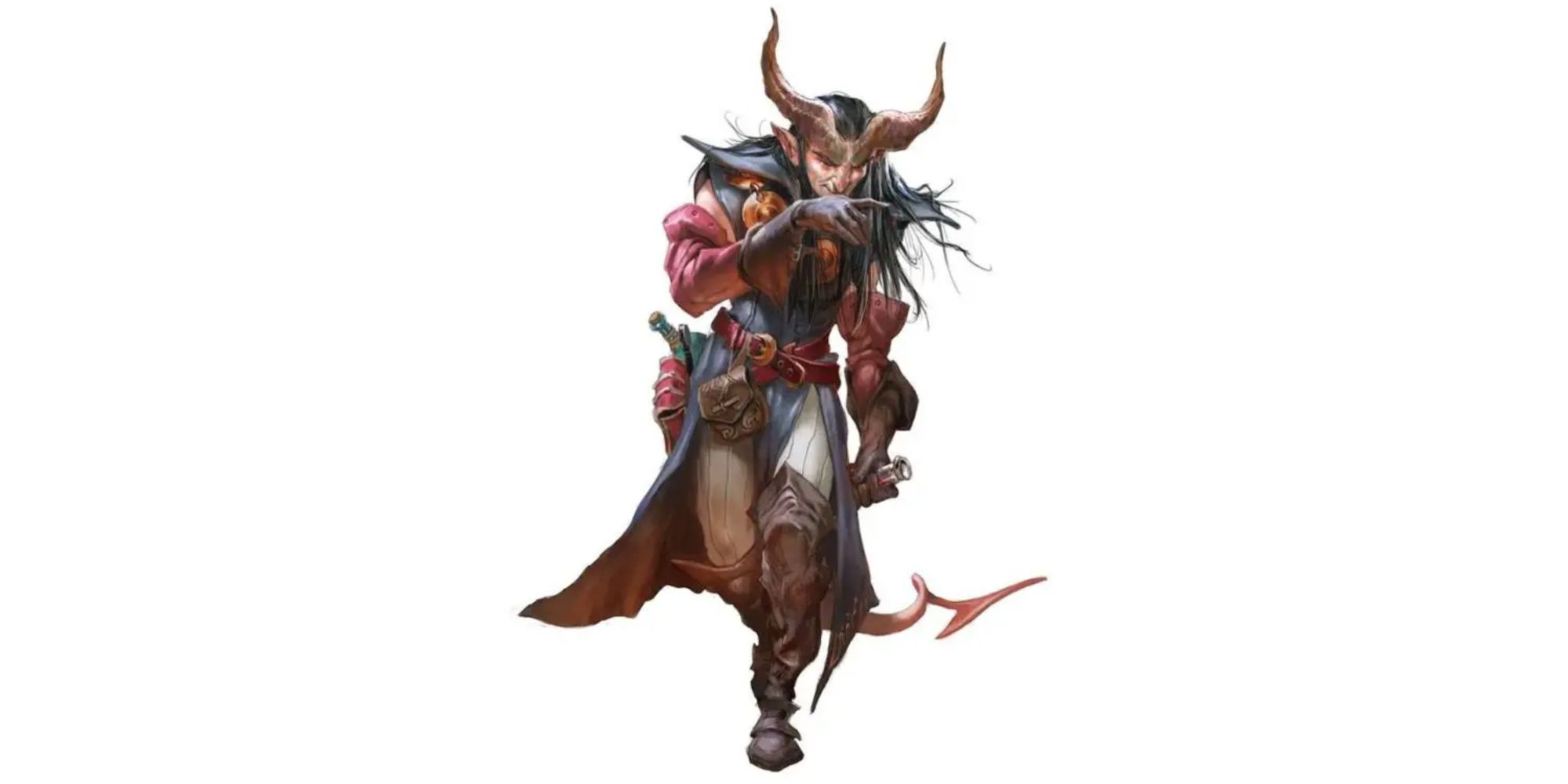Monks are great if you want to play a speedy melee character that makes a lot of attacks in a single turn. You may appreciate the challenge of playing a close-range combat character without a melee weapon or few to no armor proficiencies. The game has evolved, and the Monk is one of the most versatile and complex characters in the Dungeons & Dragons universe.
Not all monasteries meet the same quality standards, and your backstory might differ. But when it comes to Dungeons & Dragons, some of the Ways produce better Monks than others.
Updated April 9, 2023 by Jerel Levy: If you're looking for every monk subclass in D&D 5e, we've got you covered. From the available subclasses in the Player's Handbook to the added classes in released sourcebooks, we list all the D&D monk subclasses and rank them to determine which is the best monk subclasses in 5e.
Way Of The Four Elements
|
Way Of The Four Elements |
|
|---|---|
|
Source |
D&D Player's Handbook |
|
Role |
Spellcasting |
|
Noted Features |
Highly customizable, even compared to other subclasses. |
|
Special Abilities |
Ride the Wind – an ability that is essentially flight. |
As another caster monk subclass, the Way of the Four Elements is more flexible than the Way of the Sun Soul. It allows you to cast spells using ki points, with a new spell gained at third, sixth, eleventh, and seventeenth levels.
However, while it seems very customizable, there are only a few good options at any given level.
The main problem with this class is that it doesn’t mesh well with the Monk base class abilities. Casting a spell means you won’t be able to make any monk weapon attacks or Flurry of Blows that turn.
Plus, these spells are such a drain on Ki points that they compete with your regular monk abilities.
Still, you get unique ways to control the elements, giving you control over water, air, thunder, and fire, with corresponding spells and your monk fists that interact to create combinations great for roleplay and distinct awesome moments.
Way Of The Shadow
|
Way Of The Shadow |
|
|---|---|
|
Source |
D&D Player's Handbook |
|
Role |
Melee Damage |
|
Noted Features |
Few of its features cost Ki points. |
|
Special Abilities |
A selection of Sneak-enhancing spells. |
This subclass is one of many that looks at a class that is definitely not a Rogue and tries to make it a Rogue anyway. Thus, The Way of the Shadow is usually recommended only for more experienced players.
As far as these types of classes go, this one is not the best, partly because many of the abilities don’t work when it’s light out and partly because Monks and Rogues are fundamentally the opposite in combat.
A Monk gains nothing from attacking from the shadows since they get their damage from many low-damage attacks.
The fact that you get a variety of sneak-enhancing spells is good but not better than you would get playing as an Arcane Trickster Rogue.
The ability to make a melee attack against a creature whenever someone else hits you is one of the better monk abilities, but not worth struggling until the seventeenth level to get it.
However, a free teleport in the dark can help with positioning.
The ability to cast spells that enhance your ability to be stealthy such as darkness and pass without trace are wonderful, especially because they can help the party as well. Eventually, you'll be able to become invisible in the shadows.
Way Of The Astral Self
|
Way Of The Astral Self |
|
|---|---|
|
Source |
Tasha's Cauldron of Everything |
|
Role |
Melee Damage |
|
Notable Feature |
Channel the power of dragons with your Ki. |
|
Special Abilities |
Arms of the Astral Self – a ten-minute buff that allows the Monk to attack in melee combat several times while avoiding retaliation. |
The Monk class can be a complex one to play, and Way of the Astral Self is one of your best possible options because it uniquely allows the monk to have an astral projection.
This turns their Ki into almost another version of themselves, astrally projecting to help them fight in battle.
The subclass focuses on melee combat features and strategy, giving Monk characters a chance to experience close combat along with some defensive action.
You can reduce the damage of several elemental energy types and gain advantages such as normal sight in darkness and projecting your voice to a huge range or to a specific person.
You can summon your astral self to stand as a distraction or help you fight. Awakened Astral Self is a handy ability that stacks with the Haste skill, giving you access to a third multiattack and a +2 AC bonus.
Way Of Mercy
|
Way Of Mercy |
|
|---|---|
|
Source |
Tasha's Cauldron of Everything |
|
Role |
Healing and Damage. |
|
Noted Features |
The use of Ki to heal as well as to harm. |
|
Special Abilities |
These Monks are also experts at handy abilities related to herbalism skills. |
The Monks who follow the Way of Mercy have the ability to give life as much as take it. Mercy, after all, can also mean a quick and painless death.
This subclass gives the player more versatility than others when it comes to choosing a party role.
This Monk can be a great addition as the party's healer or split their duties between healing and damage. While not suggested as the only healer, they'd be great for off healing or helping the healer top off other players at a low cost.
The Way of Mercy doesn't have to be tied to a religious order or ideology, and there's no church or deity that's directly connected to it, so there's also a lot of role-play potential here.
Best of all, at higher levels, you can bring back a creature who died within the last 24 hours and heal them, use your ki points to heal friends, remove afflictions, and deal necrotic damage if you so choose.
Way Of The Ascendant Dragon
|
Way Of The Ascendant Dragon |
|
|---|---|
|
Source |
Fizban's Treasury of Dragons |
|
Role |
Spellcasting |
|
Noted Features |
Your DM will give you an origin or backstory determined by a roll of 1d6. |
|
Special Abilities |
Draconic Disciple, a 3rd-level draconic Ki ability, is just an introduction to your character's power. |
For players that are interested in lore and roleplay, it doesn't get much better than the Way of the Ascendant Dragon.
Roll a six-sided die to determine how you were inspired to tie your Ki powers to draconic powers.
Maybe a dragon personally took an active role in shaping your inner energy, or you studied at a monastery that traces its origins to a dragon’s instruction, just to give some noted examples.
As early as level three, you'll have spells like Draconic Disciple, which uses draconic Ki to give your unarmed strikes the essence of a dragon’s breath and magnifies your presence for the purposes of combat or interrogation.
At higher levels, you'll get a flight speed, give you and your friends resistance to a damage type of your choice, and deal a wide range of damage types to your enemies.
Way Of The Sun Soul
|
Way Of The Sun Soul |
|
|---|---|
|
Source |
Sword Coast Adventurer's Guide, Xanathar's Guide to Everything |
|
Role |
Melee Damage and Spellcasting |
|
Noted Features |
Most abilities don't require Ki |
|
Special Abilities |
Sun Shield, a nice defensive spell, and a ranged option with Radiant Sun Bolt. |
One of the Monk's most prominent weaknesses is that it is almost exclusively a melee class. The Way of the Sun Soul gets around this by turning monks into ranged blasters.
However, removing such a major weakness would unbalance the class, so the Way of the Sun Soul prevents monks from becoming overpowered by also being costly in terms of Ki.
The Radiant Sun Bolt ability does almost the same damage as punching and lets you use your extra attacks and a Flurry of Blows equivalent to make these ranged magic attacks.
However, due to how the ability is worded, you cannot trigger Stunning Strike with these attacks. This is what provides a good majority of combat utility for monks.
Your other abilities give you casting options that aren’t necessarily bad but aren’t as useful as other monk subclasses that incorporate magic and cost enough Ki that you’ll probably just go back to punching.
Way Of The Kensei
|
Way Of The Kensei |
|
|---|---|
|
Source |
Xanathar's Guide to Everything |
|
Role |
Melee Damage and Spellcasting |
|
Noted Features |
More options when it comes to weapons |
|
Special Abilities |
Choose extra weapon proficiencies and deal extra damage. |
The Way of the Kensei is another subclass that aims to “correct” one of the fundamental balancing features of the monk class: Monk weapons.
This subclass allows you to choose two types of weapons to be your Kensei weapons, making your choices count as monk weapons and gaining any additional properties from that feature.
Eventually, you can make these weapon attacks count as magical and spend a ki point to deal extra damage to your enemies.
Monks only have access to a limited selection of weapons, but this subclass opens the door to more options.
Of these options, the best ones are longsword-equivalent (1d10 damage), the whip (which has a nice reach), and the longbow (the only ranged option without the “loading” property).
After that, other weapon proficiencies are only good if you find a quality magic weapon.
Some other abilities are mostly based on getting your Kensei weapon attacks to the same level as regular monk attacks.
The remaining abilities are underwhelming, offering less damage for more Ki points than you can get using basic monk abilities like Flurry of Blows.
Way Of The Open Hand
|
Way Of The Open Hand |
|
|---|---|
|
Source |
D&D Player's Handbook |
|
Role |
Melee damage and slight Spellcasting |
|
Noted Features |
Ideal for beginners and synchs up nicely with other Monk class abilities. |
|
Special Abilities |
Wholeness of Body, a safe alternative to healing in combat. |
The entire idea behind the design of the Way of the Open Hand can be described as “Monk, but more.”
If it’s your first time playing a Monk, or if you looked at the basic class abilities and thought they were fine on their own, you might want to choose this subclass.
That being said, the vanilla flavor of this subclass means that it synergizes well with the rest of the monk class abilities.
Your Flurry of Blows attacks can apply effects and conditions to enemies.
Self-healing, while not the best use of an Action in combat, can be used to top off your hit points between fights.
The Quivering Palm ability, while obviously extremely useful as a potential insta-kill in battle, can also be a great long-term tool, allowing you to kill someone weeks after meeting them from miles away.
Way Of The Long Death
|
Way Of The Long Death |
|
|---|---|
|
Source |
Sword Coast Adventurer's Guide |
|
Role |
Melee Damage and Defense |
|
Noted Features |
The "Tank" of the Monk subclasses. |
|
Special Abilities |
Mastery of Death, in which your Ki can also function as hit points. |
Monks are some of the squishier front-line fighters, and the Way of the Long Death helps you be a little tougher without sacrificing basic monk abilities.
Gaining temporary hit points whenever you deal a final blow will make you more effective at defense, especially when fighting crowds.
Spending ki points to avoid dropping to zero hit points will keep you on your feet and fighting. Applying the frightened condition as an area of effect is always useful as well.
Your seventeenth-level ability, Touch of the Long Death, can be used to deal a large amount of damage at once, but it’s an inefficient use of Ki points.
Still, the rest of the class is solid, and Touch of the Long Death can be useful for boss battles.
Way Of The Drunken Master
|
Way Of The Drunken Master |
|
|---|---|
|
Source |
Xanathar's Guide to Everything |
|
Role |
Melee Damage and Spellcasting |
|
Noted Features |
This has nothing to do with actual drunkenness but mimics some typical features. |
|
Special Abilities |
Intoxicating Frenzy at 17th level. |
This subclass lets you run around with the quick, jerky movements of a drunkard, throwing your opponents off their game with bluster and speed.
Many of the subclass' abilities help you make hit-and-run attacks, from giving free disengage with every Flurry of Blows to reducing the amount of movement needed to stand up from prone.
Being able to redirect an attack that missed you to another creature and bonus proficiencies are unique aspects that make this subclass stand out.
Others increase your ability to fight multiple enemies at once. Overall, this subclass works well, augmenting and improving your base monk abilities.
Perhaps one of the best subclass abilities, however, is the ability to spend 2 Ki points to eliminate Disadvantage, which can be deadly on a saving throw. A cheap way to eliminate it ties together an already great subclass.

